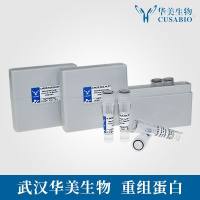The Use of In Vivo Microdialysis Techniques to Detect Extracellular ROS in Resting and Contracting Skeletal Muscle
互联网
互联网
相关产品推荐

InVivoMAb 抗小鼠 CD274/PD-L1/B7-H1 Antibody (10F.9G2),InVivo体内功能抗体(In Vivo)
¥2700

BRDU LABEL.AND DETECT.KIT III
¥1

Creatine Kinase Muscle/CKM 兔多抗(抗原亲和纯化)
¥1699

Recombinant-Pig-Voltage-dependent-calcium-channel-gamma-1-subunitCACNG1Voltage-dependent calcium channel gamma-1 subunit Alternative name(s): Dihydropyridine-sensitive L-type, skeletal muscle calcium channel subunit gamma
¥10766

CheKine™ 活性氧(ROS)含量检测试剂盒(荧光酶标仪法)
¥398
相关问答
推荐阅读

